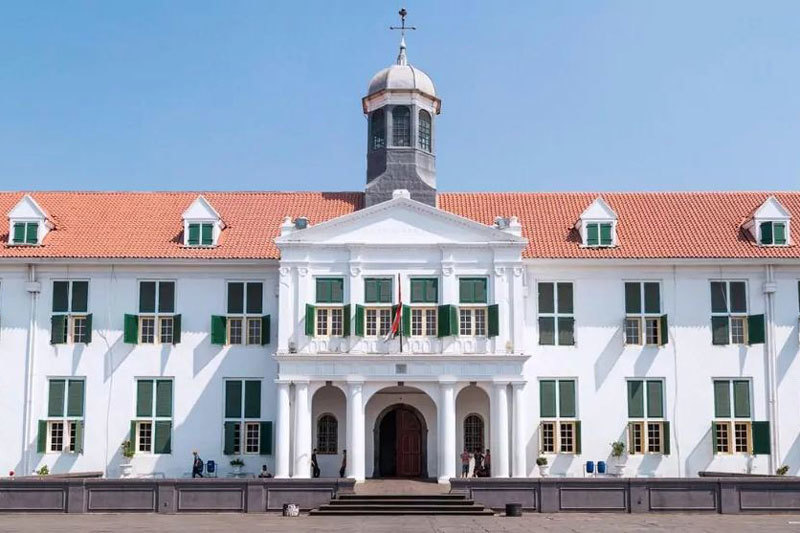Few who know the history of the “KotaTua” saga were surprised by the rejection of UNESCO to declare Jakarta’s old city (plus four islands in Pulau Seribu) a World Heritage Site. The qualifications for acceptance into this elite category are very strict and very clear, and to even the least technically minded people (myself included) culturally it was obvious that KotaTua could not qualify, especially after the completely inappropriate ‘renovation’ of Kali Besar into a very modern playground.

First of all despite many, many plans and strategies over the last fifty years no-one in the national or city governments has succeeded in implementing a visionary comprehensive all encompassing restoration and adaption plan to return the old city to its former glory and make it a beautiful, significant, respected and admired historical area. There has been piecemeal nibbling at the edges: a pedestrian precinct, the (supposed) banning of hawkers in Fatahila Square and a bit of an upgrade for it too, the occasional building renovated (Bank Mandiri Museum) but apart from one private sector effort, Café Batavia, thirty years ago, no-one has gotten hold of the problem and taken-potentially-800 fabulous colonial buildings and made them into a world class destination that would rival any historic district in the world.
Why? There seems to be a combination of reasons: it’s “Chinatown” where mostly Indonesians of Chinese descent live and work which carries with it serious cultural disadvantages in a political environment increasingly dominated by a fanatical minority. Secondly it’s “Colonial” where the former Dutch masters lived and ruled, and as evidenced by the thoughtless destruction of the significant Dutch Club “Harmoni” and the beautiful Hotel des Indes, it is more than acceptable to simply tear down colonial buildings. Thirdly no leader has been found to create the vision of how this area should be and then implement it against the painful resistance in the bureaucracy of city government and the mostly state owned companies who own the majority of the buildings.
I spoke to one man, Anhar Setjadibrata, whose impeccable efforts in creating the Tugu Group of hotels, Indonesia’s finest cultural and historical hotels (featured in this magazine) certainly qualify him for a voice. Pak Anhar was very clear in his vision: “attack initially a small area – from Fatahila to Kali Besar, restore and renovate the buildings and offer them to commercial tenants, completely restore Kali Besar to its original design – not the culturally incorrect renovation that has been done – and fill it to the brim with water. Invite five star hotels and restaurants to create floating restaurants in boats to attract high end visitors and from this core of quality we can see a ripple effect take place as businesses realise there is real money to be made from history.” He has many more ideas- and the track record to prove he can do it.
And I couldn’t agree more. Kota Tua could be the best historical/cultural destination in Asia, better than Singapore’s Chinatown and heritage district, better than Hong Kong’s, better than KL and Bangkok. But it needs vision, leadership and courage. I really hope our current city leaders Pak Anies and Pak Sandy will take on this challenge and make Jakarta a proud city of culture again!
Creating a skateboard park in an area much in need of recreation was indeed a great thing to do. Putting it in a potential UNESCO Heritage Site was not. Let’s pray it can be put right soon.






